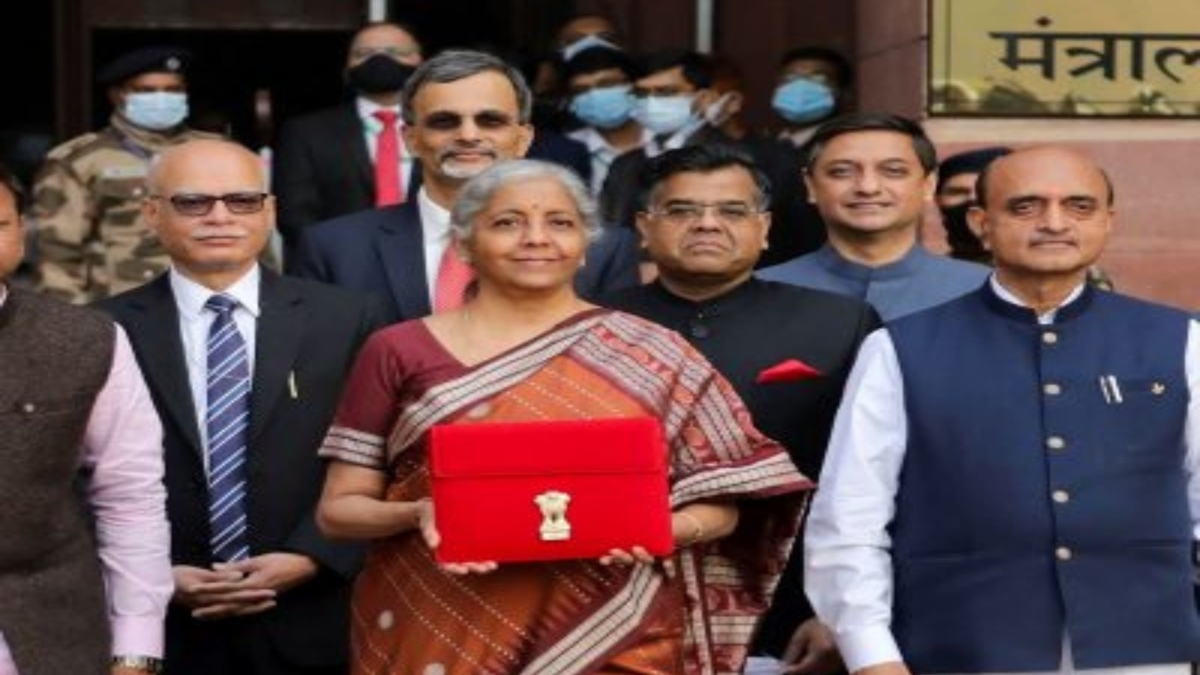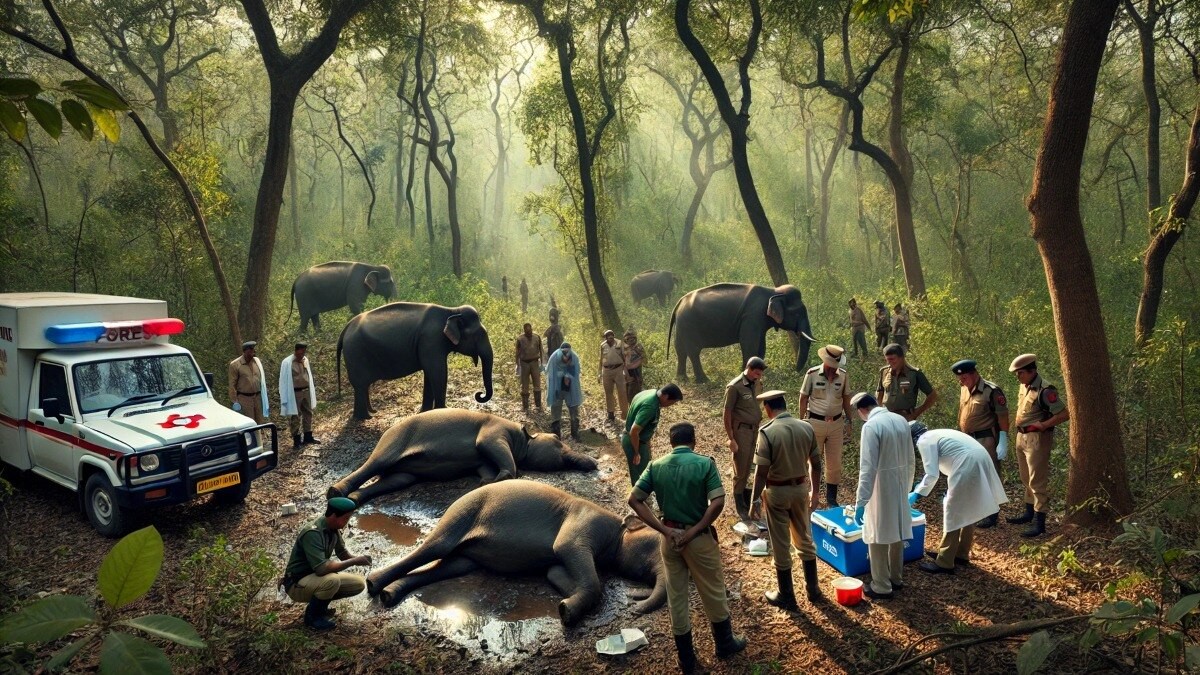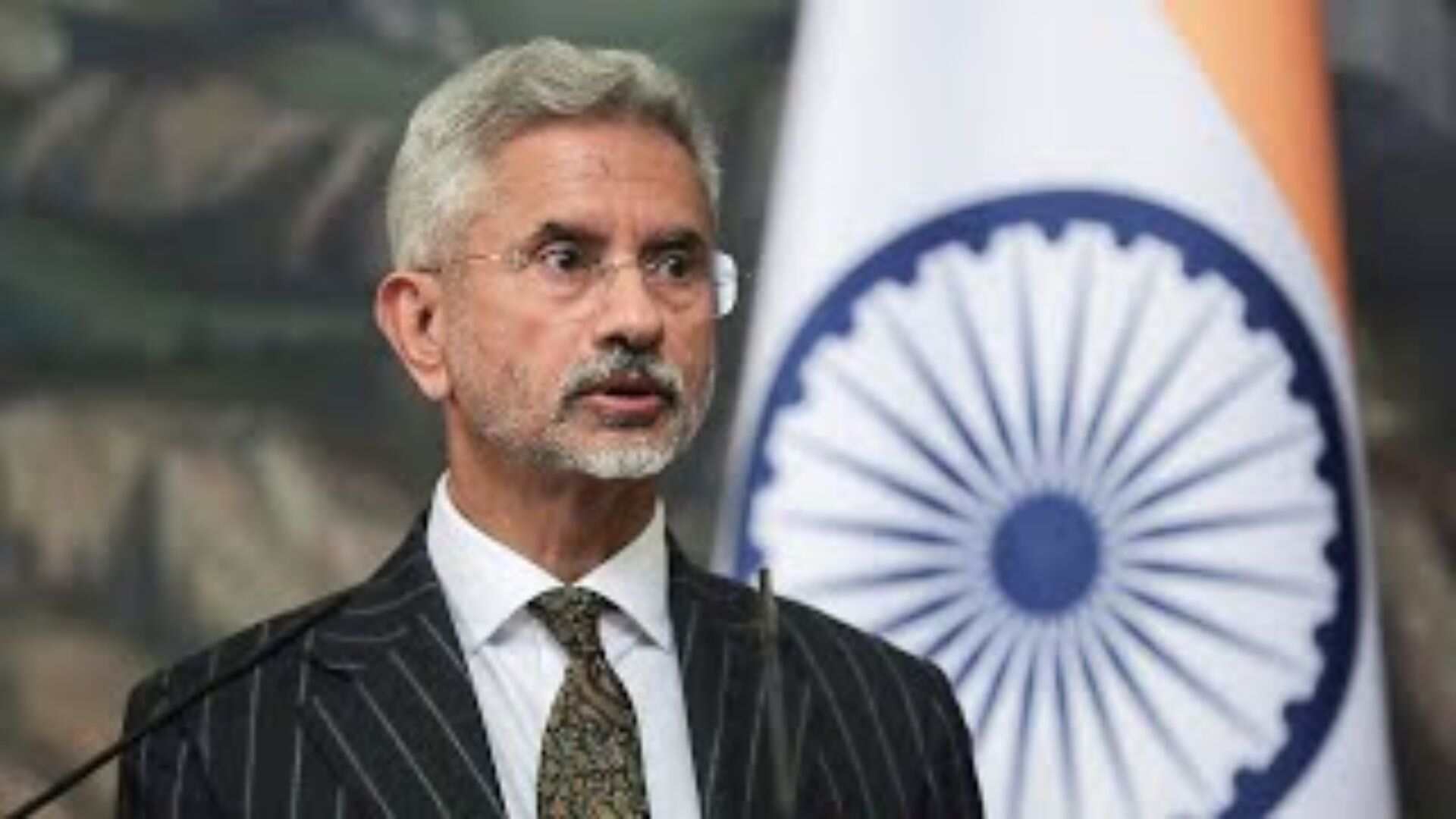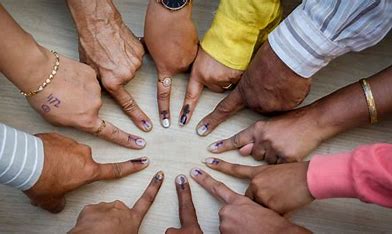
The Budget 2022 bears the trademark professionalism of Prime Minister Narendra Modi’s seven-year rule. The government has consistently desisted from populist measures and stayed the course of fiscal prudence, yet working towards unlocking the potential of the Indian economy.
Simple but far-reaching reforms like allowing self-attestation of residential and other proofs have improved ease of doing business. They have helped India move firmly towards weeding out the pernicious presence of middlemen from every sphere.
Readers here will recall former Prime Minister Rajiv Gandhi’s famous lament when he said that only 15 paise in a rupee reaches the last person in the queue. He was talking about the leakage and pilferage in the delivery mechanism of the government when it came to providing the benefits of the central schemes to the citizens of the country.
The JAM trinity or the Jan dhan bank accounts for the poor, their linkage with Aadhar and Mobile phones have played a pivotal role in bringing down the pilferage and by conservative estimates the government has saved $12 billion in subsidies to phantom beneficiaries while increasing the efficiency of the delivery mechanism. Today almost all the monetary benefits to the citizens reach in their account with no interference from the middlemen.
The trend of ease and effectiveness can also be seen in the corporate world where the introduction of GST and lowering of corporate taxes have resulted in better compliance and bigger mopping up of tax collection.
Time to Address Population Issue
Far reaching as they are, yet, the reforms now need to shift gears and address fundamental issues like population explosion and unemployability as well as low productivity of our work force.
India is in a unique position to be the world’s largest economy in the next 25 years when it celebrates 100th year of it’s Independence. Its demographic dividend is said to last till 2055.
But this window of opportunity may be eclipsed by the same assets which are perilously poised to become liabilities.
Population expanding beyond a point can have disastrous impact on our limited natural resources and can also overwhelm educational and health infrastructure. We may be able to feed a large population but with its low productivity and health it would be difficult to graduate from a low income to even a middle-income country in the next quarter of a century.
However, the issue is mired in controversy due to the infamous legacy of forced sterilization during the Emergency Era. Yet it needs to be addressed if we are to progress and achieve our true potential. We are not advocating any draconian or punitive measures like China’s one-child policy. Not at all. India’s total fertility rate (TFR) has already come down to replacement levels (2) and in 13 states it will start to fall. But five states – Uttar Pradesh (2.4), Bihar (3), Meghalaya (2.9), Jharkhand (2.3) and Manipur (2.2) have higher TFR then the replacement levels. UP and Bihar with higher population base pose special challenges. Also, within the society and groups there are huge variations.
INVEST IN HEALTH
In the next 10 years India should pursue a policy of indirection aimed at improving health and education. In terms of health, all the developed nations as well as emerging economies or Asian Tigers (South Korea, Singapore etc) have devoted huge sums of money in creating quality health infrastructure.
Historically India’s health budget has been one of the lowest in the world. Efforts have been undertaken during the last seven years to address this lacuna. Yet the total outlay for the healthcare sector in the budget is still at 1.35 percent. Compared to our allocation China allocates 7 percent of its budget for healthcare and South Korea invests close to 8.4 percent. Developed countries like Germany and Japan invest more than 10 percent. Granted that these countries are cash rich. But we should understand that an enhanced investments in healthcare improves the chances of a child’s survival convincing the parents to have fewer children.
We propose that India should steadily increase its health budget from the current 1.35 to at least 10 percent in the next three years. The results of this bold move will pay for the investments done today.
EDUCATION IS THE KEY
Similarly, we propose that India should allocate 9 percent of its GDP towards improving education both in terms of reach as well as quality. Readers may be shocked at our proposition but they should remember every country in the world that has made strong, steady and stable progress has invested heavily in the two primary sectors. Studies all over the world have shown that more than financial improvement it’s the access to healthcare and education that helps in improving the human capital of a country. It also has a direct correlation with a woman’s enhanced confidence and her ability to limit the size of the family.
Along with access the curriculum needs a qualitative improvement. Education can never be value agnostic, there should be a strong element of ethics and character building. Moral education should also be a part of the curriculum. We need to increase the stature of our teachers as society builders. Like in Scandinavian countries teachers whether in primary education or in secondary or higher education are one of the highest paid professionals. India should adopt the model. It will not only attract the best of talent it will also overhaul the image of the teachers in the society. Later their work will speak for themselves and further enhance their stature by feeding into a positive feedback loop.
SDGS, THE NEW POLICY FRAMEWORK
Recently the UN Sustainable Development Solutions Network released its World Happiness Report 2021. India ranked at 140th place out of 149 countries. This brings into sharp focus our efforts in environment conservation, forest development and climate compatible development.
The framework offered by the 17 Sustainable Development Goals should now be embedded as default framework for any policy formulation. These are administrative matters that can be achieved in short time.
We propose something more fundamental if we intend to improve our position in World Happiness Index over a period of time and be among one of the happiest countries. Once again, the investment in quality value-based education will play a pivotal role in this regard. People’s happiness depends largely on three broad premises – access to good healthcare and education, easy affordability of a roof over their head and a perception that their opportunities or resources are not being siphoned off by corrupt and powerful.
We can again take a cue from Scandinavian nations where the society’s moral compass is so strong that people indulging in corrupt practices are shunned by the society. A corrupt and rich individual or a family can’t expect to become social, political or business leaders. An idea that was deeply embedded in Indian psyche till about a couple of generations ago when a town’s rich and the most respected person weren’t necessarily the same.
By taking care of higher investments in education and health and reverting to our own santan code of ethics we can once again create a society that’s poised to harness its natural talent to be the biggest economy and the most progressive society by 2047.
(Dr Anil Agarwal is the BJP’s Rajya Sabha Member and Santosh Mangal is the President Global India Collaborative. Views Expressed are Personal. With Inputs from Keshav Chaturvedi)















